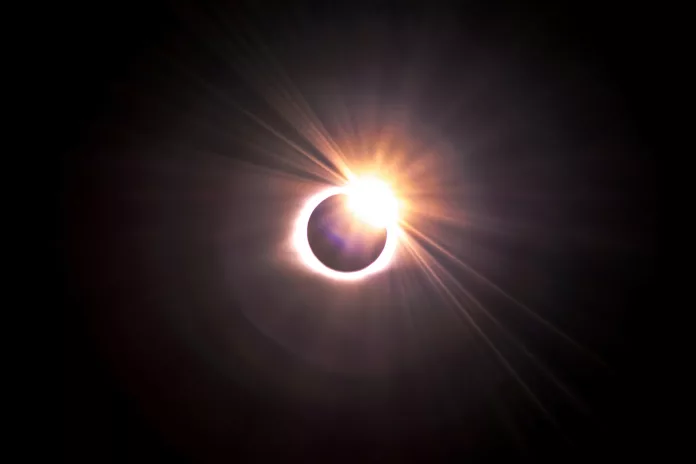Today’s solar eclipse isn’t just an astronomical spectacle—it’s a critical event for energy experts. As darkness descends across 12 states, the entire nation turns its eyes to the skies, and to the screens, to witness the effects of this rare event on America’s solar power and the electricity grid. The celestial shadow that will sweep over the country offers a unique opportunity to observe solar power in the face of cosmic intervention.
Collaborative Effort to Monitor the Eclipse’s Power Play
Experts from the US Department of Energy Solar Energy Technologies Office, the National Renewable Energy Laboratory (NREL), and the North American Electric Reliability Corporation are joining forces. Their goal? To carefully assess the eclipse’s repercussions on our intricate power systems. This impermanent twilight will bring an invaluable test for renewable energy’s role in maintaining grid stability.
Tune In to NREL’s Livestream for Real-Time Insights
Whether you’re a renewable energy enthusiast or a curious observer, you can delve into the action through NREL’s exclusive livestream. Peer into the command center of electric power as NREL showcases the dynamic shifts in grid operation. This interruption to solar generation will reveal how the grid compensates on a vast scale, from regional adjustments to sweeping interconnection strategies.
The Shadow’s Path and Its Energy Implications
A brief bout of ‘totality,’ lasting roughly four minutes, marks the peak of the eclipse. However, the sun will be partially concealed for a more prolonged period of approximately 3.5 hours. This progressive spectacle affects solar power generation even in locations far from the complete blackout. The geographical breadth of the eclipse means every state will experience some level of solar energy diminution.
NREL’s control room feed will offer spectators a near real-time window into the nation’s energy pulse. Expect to witness the fluctuating energy mix and adaptative demand responses as the astronomical phenomenon journeys coast to coast.
No need for registrations; you can immerse yourself in this educational experience with ease by accessing the livestream at any point during the event here.
Anticipating the Impact Across US Power Grids
NREL researchers have crunched the numbers to forecast the decline in solar photovoltaic power on this day. With the eclipse’s path slicing from Texas to Maine, they’ve predicted peak power reductions of 71% in the East, 45% in the West, and a whopping 93% in the seminal Texas grid, ERCOT.
The Eastern Interconnection, adorned with a plethora of solar power plants, stands to face the steepest drop in solar-derived electricity. Yet, in terms of relative depletion, ERCOT’s challenge is unparalleled.
Post-Eclipse Analysis for Future Resilience
Following the eclipse, a thorough debrief by NREL will unfold. By dissecting the power systems’ performances under the shadow of the moon, grid operators can refine their strategies for upcoming challenges, from eclipses to extreme weather incidents. The results, shared widely, promise to illuminate paths toward a more flexible and sturdy grid.
Marilyn Jayachandran from the NA Electric Reliability Corporation emphasizes the broader implications, “A systematic study of the impacts of the eclipse will provide valuable insights for grid operators across the country as they prepare for extreme weather events.” With such data, these custodians of our electric lifelines will be ready to turn any darkness into an enlightening experience.

























